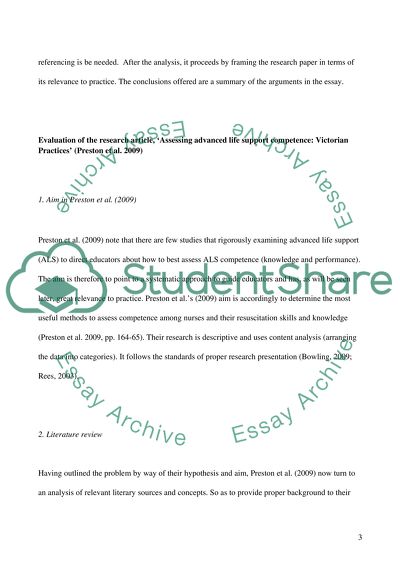Cite this document
(“Advanced Emergency Care Essay Example | Topics and Well Written Essays - 2000 words”, n.d.)
Retrieved from https://studentshare.org/nursing/1430090-advanced-emergency-care
Retrieved from https://studentshare.org/nursing/1430090-advanced-emergency-care
(Advanced Emergency Care Essay Example | Topics and Well Written Essays - 2000 Words)
https://studentshare.org/nursing/1430090-advanced-emergency-care.
https://studentshare.org/nursing/1430090-advanced-emergency-care.
“Advanced Emergency Care Essay Example | Topics and Well Written Essays - 2000 Words”, n.d. https://studentshare.org/nursing/1430090-advanced-emergency-care.


